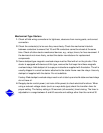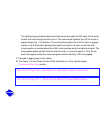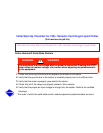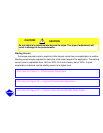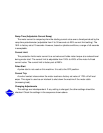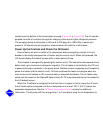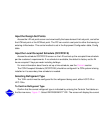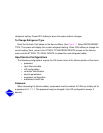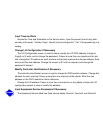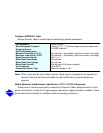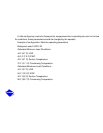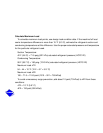
located near the bottom of the transmission housing (Figure 2A or Figure 2B). The oil must be
pumped from the oil container through the charging valve due to higher refrigerant pressure.
The pumping device must be able to lift from 0 to 200 psig (0 to 1380 kPa) or above unit
pressure. Oil should only be charged or removed when the machine is shut down.
Power Up the Controls and Check the Oil Heater
Ensure that an oil level is visible in the compressor before energizing controls. A circuit
breaker in the starter energizes the oil heater and the control circuit. When first powered, the
LID should display the default screen within a short period of time.
The oil heater is energized by powering the control circuit. This should be done several hours
before start-up to minimize oil-refrigerant migration. The oil heater is controlled by the PIC and
is powered through a contactor in the power panel. Starters contain a separate circuit breaker to
power the heater and the control circuit. This set up allows the heater to energize when the
main motor circuit breaker is off for service work or extended shutdowns. The oil heater relay
status can be viewed on the Status02 table on the LID. Oil sump temperature can be viewed on
the LID default screen.
When the Time/Date is configured for the first time or if power is lost for more than 3 hours,
the oil heater will be energized until the oil temperature is at least 100° F (55° C) above the
evaporator temperature. See the Oil Sump Temperature Control section for additional
information. The oil pump will then energize for 1 to 2 minutes to bring the oil temperature to



